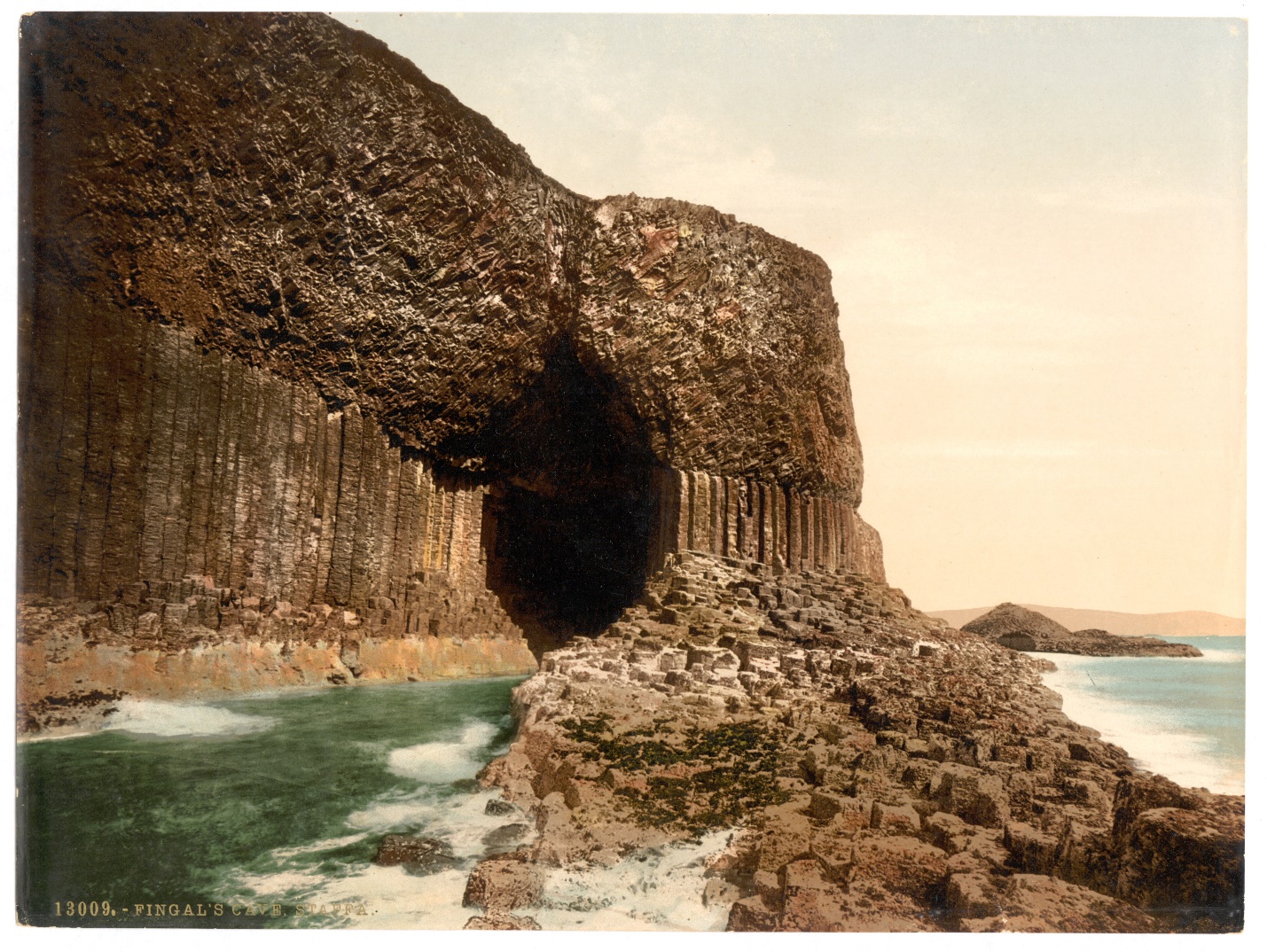FINGAL AND THE CAVEOn the uninhabited island of Staffa in the Inner Hebrides, a famous sea cave known as Fingal’s Cave can be found. The cave known for its natural acoustics and for being the subject of a famous piece of music by Felix Mendelssohn cleverly known as Fingal’s Cave. Mendelssohn seems to have been impressed enough with Scotland to have written a “Scottish Symphony” as well. The cave seems to have been discovered in 1772. It has a single opening and is partially filled by the sea. The question however is “Who is Fingal”?  Fingal’s Cave Fingal is a character in a contested work often known as the Ossian cycle, involving the Scottish poet James Macpherson. Macpherson was the first Scottish poet to have an international reputation. He was born in Ruthven in Inverness-shire on October 27, 1736. Macpherson claimed to have collected and translated a cycle of epic poems that came to be known as the Ossian cycle. Macpherson announced the finding of an epic poem in 1761. The subject (and title) of the poem was Fingal whose name is related to the Irish mythological hero Fionn mac Cumheill or Finn McCool. The poem was claimed to be authored by someone named Ossian, a name based on Finn’s son Oisin). In December he published Fingal, an Ancient Epic Poem in Six Books, together with Several Other Poems composed by Ossian, the Son of Fingal, translated from the Gaelic Language. The poems were said to have been composed by a third century bard. The poem became very poplar and was translated into all the “literary” languages of Europe and it figured prominently in the development of the “Romantic movement” and the Gaelic revival. The Romantic movement emphasized individualism and emotionalism. It glorified nature and the past. It also produced the idea of “the noble savage”. The question of the authenticity of the poems came into question with people arguing on both sides. Irish historians pointed out problems with the poem. Some claimed there may have been some material, but the epic was the creation of Macpherson himself. (Similar problems have been raised with Edward FitzGerald’s The Rubiyat of Omar Khayyam) Others defended the poem as authentic. Macpherson maintained a Scottish origin for the material. Irish historians fiercely contested this and claimed there was an attempt to appropriate their Irish heritage. (Nationalism seems to get involve in many areas. The question of the Piltdown Jaw’s authenticity seems clearly now to have been an attempt to find an “ancient” human in Britain to match some of those in Europe. In the America’s there was a major attempt to prove that the native populations were not nearly as long in the archaeological evidence was saying.) The battle has continued over the years with there being some evidence both for and against its antiquity. What cannot be denied is the enormous impact the material had on literature and the other arts and its role in the development of Romanticism. As for the relationship between Fingal’s Cave and the story, Finn builds a giant causeway between Ireland and Scotland. The cave was named Fingal’s Cave to mark it the entrance to the causeway THE SALTIRE SOCIETY OF NEW YORK AND BROOKLYN COLLEGE WILL PRESENT |